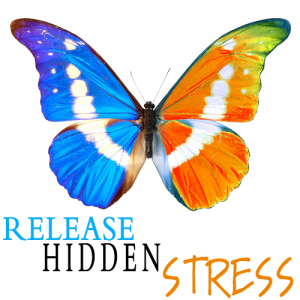Animals Trap Emotions, Too!
It is just as common for a animal to experience a negative emotion such as Anger, Frustration, Loneliness, Sadness and Depression. Animals also cry, whine, and make noises with they are angry or excited. These are signs of emotional distress. Trapped negative emotions or a heart wall could be at the root of your animal’s distress.
Releasing trapped emotions from our beloved pets could have a profound lasting effect on their behavior and habits.
Muscle testing for animals
Animals don’t have the ability to be directly muscle tested because they don’t respond to directions as humans do. Animals may be muscle tested in two ways:
- By Proxy (the animal owner places hand on the animal. Then the owner’s arm may be used to get answers.
- Emotion Code Practitioner Self-muscle testing (where the practitioner is the direct proxy)
I have used both methods with success. It is also not unfounded that the animal has a hard time standing, sitting or laying still while during a session. With a little patience, negative emotions can be released and positive results can be seen.
My favorite example of how animals do, in fact, have emotions
Incredible story of two guys in 1969 who purchased a lion cub from Harrods London in order to release him back to the wild later on. Christian was sent to Africa in 1970 under the care of George Adamson, a Legendre wildlife conservationist. After a year apart from him, they decided it was time to return to Africa… It resulted in a very emotional reunion.
